City goes into 'wartime' mode after terrifying new surge in virus cases
The Chinese capital has gone in to ‘wartime’ mode, after 106 new cases of coronavirus have been confirmed in Beijing in the past few days.
Although they’re not in complete lockdown just yet, the increasing number of active cases has sparked fears of a second wave - and prompted other countries to look at whether they are easing their own restrictions too early.
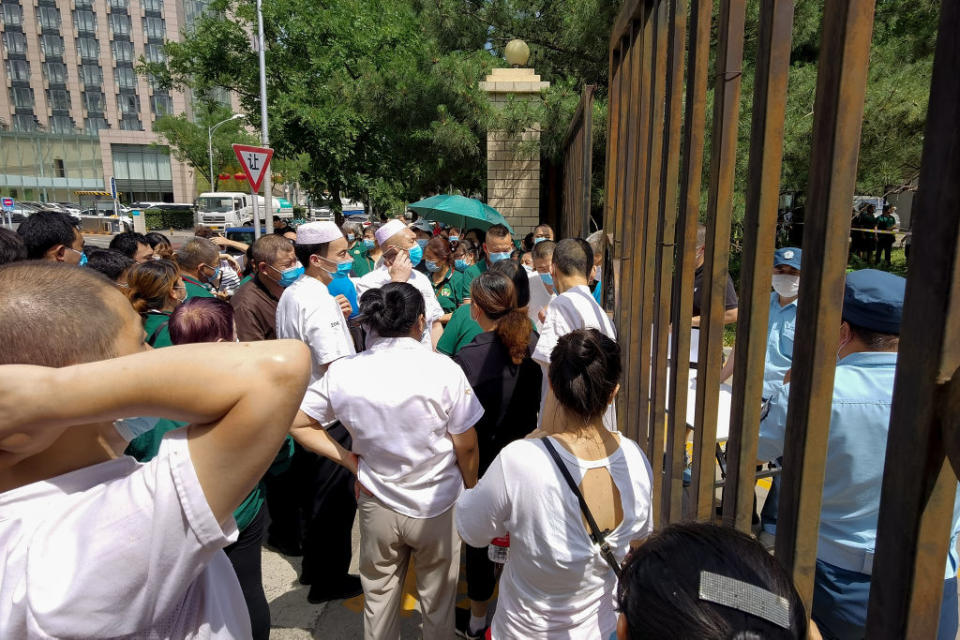
What is happening with coronavirus in China now?
On June 15, Beijing confirmed they had 36 new coronavirus cases believed to have been caught through community transmission. Before June 13, the city had seen no new cases at all for 50 days.
The outbreak has already spread to the nearby provinces of Liaoning and Hebei.
Before this latest outbreak, Beijing had only had 420 infections and nine deaths, mainly due to the strict travel instructions they enforced in January.
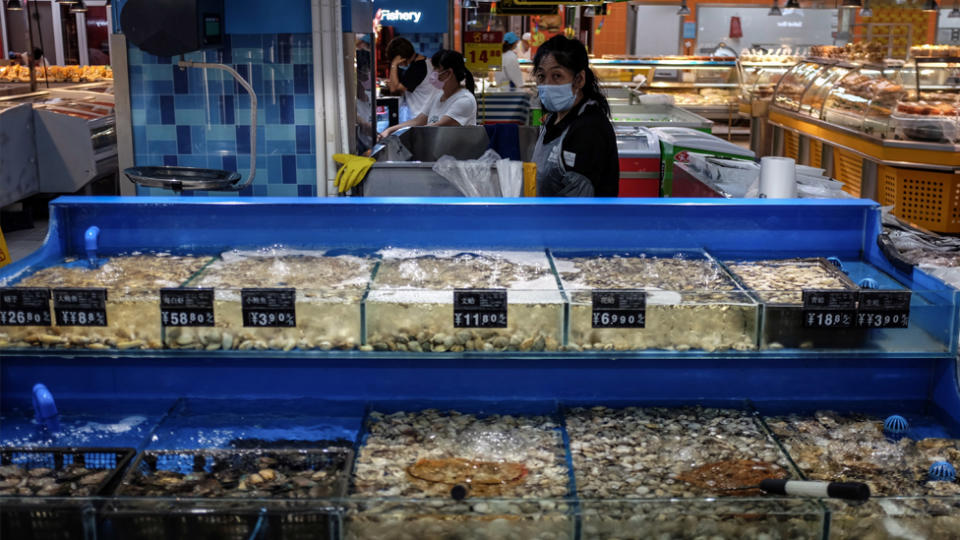
Where did the new outbreak come from?
The outbreak has been traced to Beijing’s largest wholesale food market, which spans the area of 160 soccer pitches. Inspectors found 40 different samples of the virus, including on chopping boards used for imported salmon.
This led major supermarkets in the Chinese capital to pull fish from their shelves, as well as authorities to order inspections of fresh meat and seafood in other markets, restaurants and street stalls throughout the country.
The general manager of the market has been fired due to negligence, and all 10,000 staff at the market will be tested.
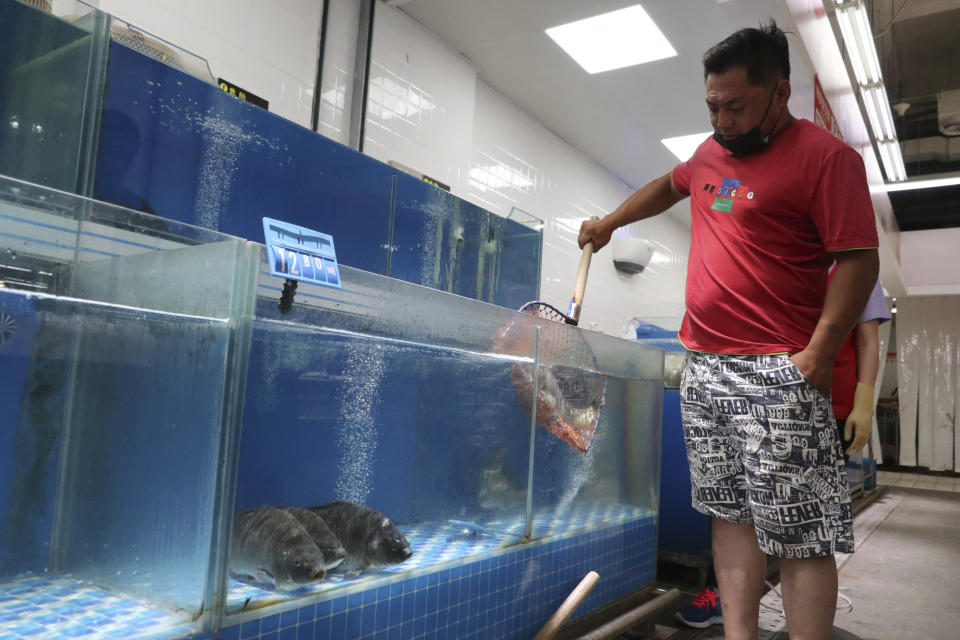
What does this mean for imported foods in China?
The strain of the virus detected was different from the type circulating across the rest of the country, according to the chief epidemiologist of China's Centre for Disease Control and Prevention.
This suggests it might have been brought in from elsewhere, as it has similarities to the virus strain that has been detected in Europe.
Because the virus was found on the boards of an imported salmon vendor, it has called in to question how countries can import food safely. Although experts don’t believe the fish itself can carry the disease, China has since halted all European salmon imports.
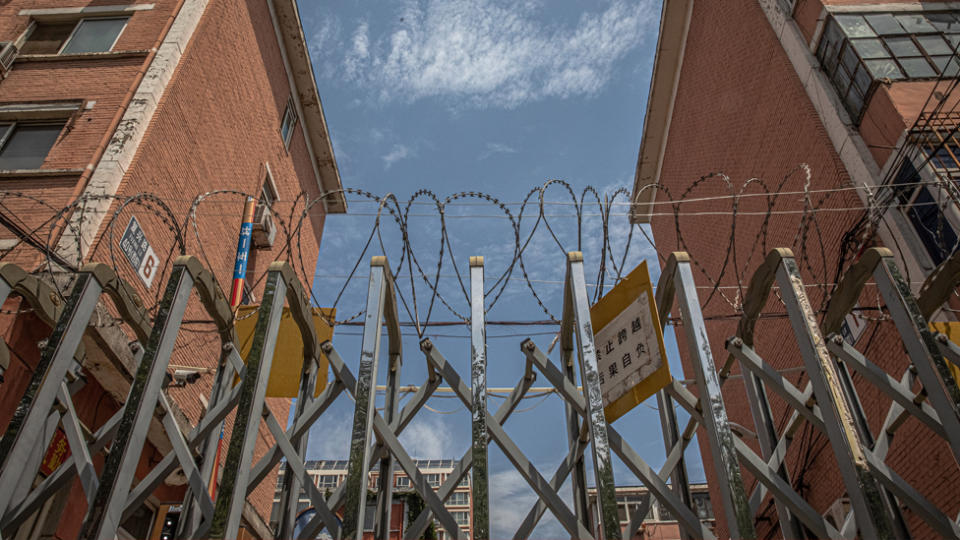
What are Chinese authorities doing about the coronavirus second wave?
The country's Vice Premier Sun Chunlan has announced "decisive measures" to prevent a full second wave of coronavirus cases.
This includes:
Launching a ‘wartime mechanism’ in the district of Fengtai, where the market is. This means local neighbourhoods have set up 24-hour security checkpoints, schools have closed, and people are being told to increase social distancing again.
Forbidding anyone who has come in to contact with newly infected people from leaving the city.
Locking down 11 residential compounds close to the market. People are forbidden from leaving or entering. Residents of these compounds will have their temperatures checked every day, and food and supplies delivered safely to their doors.
Restricting a further 10 neighbourhoods. People who live in these areas are not allowed to receive visitors or deliveries, but are allowed to come and go as they choose.
Closing indoor sports and entertainment venues across Beijing.
Setting up 193 testing stations across the city, and using nucleic testing. Nucleic testing is able to detect the virus’ genetic code, and is believed to be more effective at spotting an infection in the early stages.
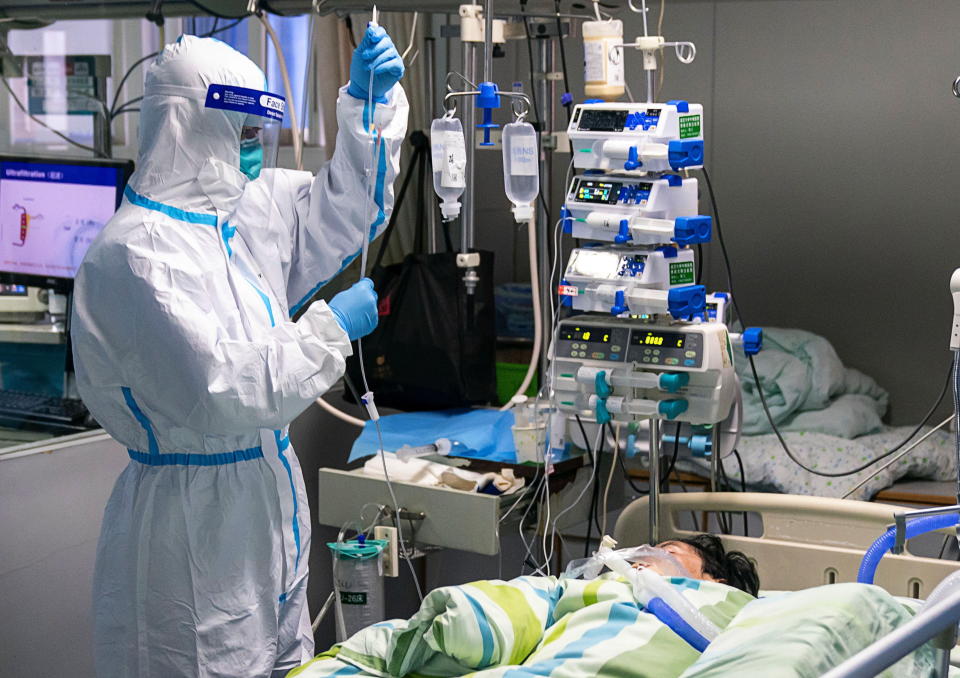
What has China learnt from their first wave of coronavirus?
China has officially had 83,000 cases of coronavirus and 4634 deaths.
Despite speculation they have not been upfront about these figures, there’s no disputing that by locking things down quickly during the first wave, they stopped many more potential cases.
It’s believed Coronavirus started in a wet market in Wuhan, where live animals are sold alongside meat and seafood. On 10 January, the first coronavirus death was reported in Wuhan, and on 23 January, the whole of Wuhan went into total lockdown.
This lockdown wasn’t lifted for 76 days. In other parts of China, face masks were mandatory, and travel was highly restricted.
This time, authorities appear to be moving quickly again, with testing, contact tracing, and restricted movement all integral parts of trying to shut down a second wave.
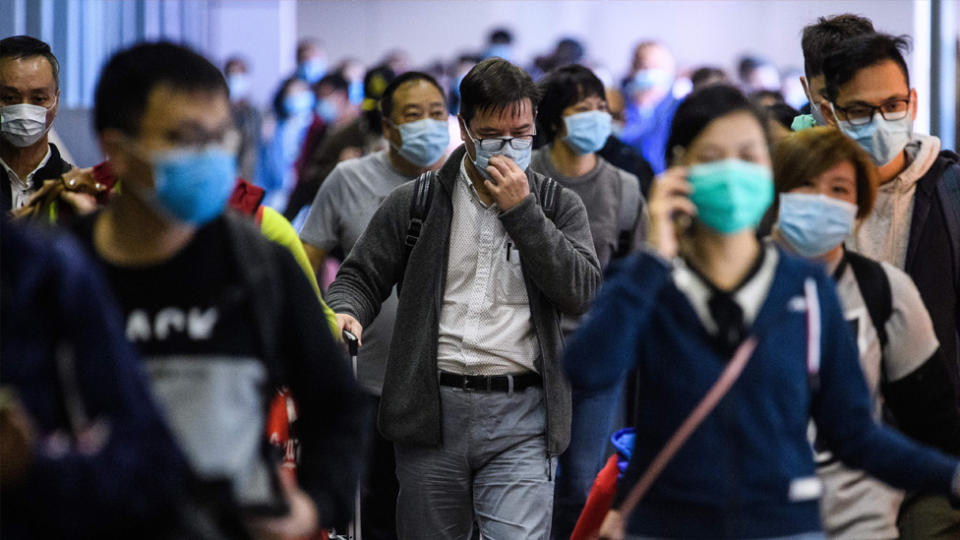
How have other countries dealt with second waves of coronavirus?
South Korea closed down Seoul’s bars and nightclubs, and started contact tracing everyone who visited them, after a recent new cluster of infections.
It’s also introduced tracking and health monitoring apps for visitors, as well as face mask vending machines throughout cities.
Iran is also facing a second wave of infections, with a 50 per cent increase in cases during the first week of June, resulting in around 3000 new cases a day. President Rouhani has warned that if people don’t resume proper social distancing, they will have to re-impose restrictions.
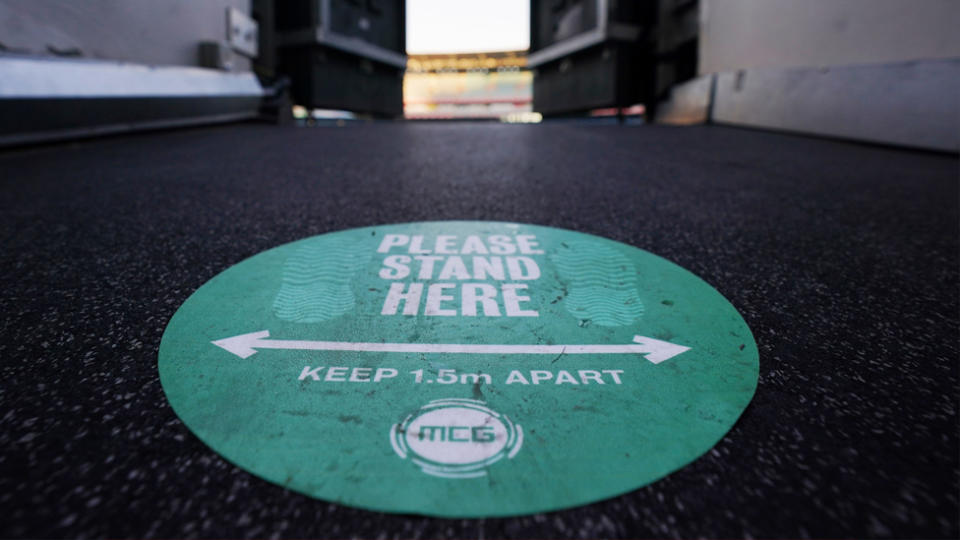
How can Australia avoid a second wave of coronavirus?
As restrictions ease in Australia, and large groups of people are allowed to gather again, could we be on the brink of a second wave?
There have been school closures in both Victoria and NSW, two protestors from the Black Lives Matter rally in Melbourne have tested positive for coronavirus, and larger groups of spectators are expected to be able to watch NRL and AFL games from July 1 – which some experts are uncomfortable about.
‘Keep restrictions in place’
“COVID-19 is extremely contagious,” Monash University lecturer Dr Tom Heenan says.
“The consequences of the Black Lives Matter marches are yet to be felt. Perhaps there will be none and Australia avoids multiple spreads. But this is not the time to roll the COVID dice,” he told Yahoo News Australia.
To introduce crowds - no matter how small - only muddles the message that no herd, not even the AFL and NRL tribes, are immune from this virus."
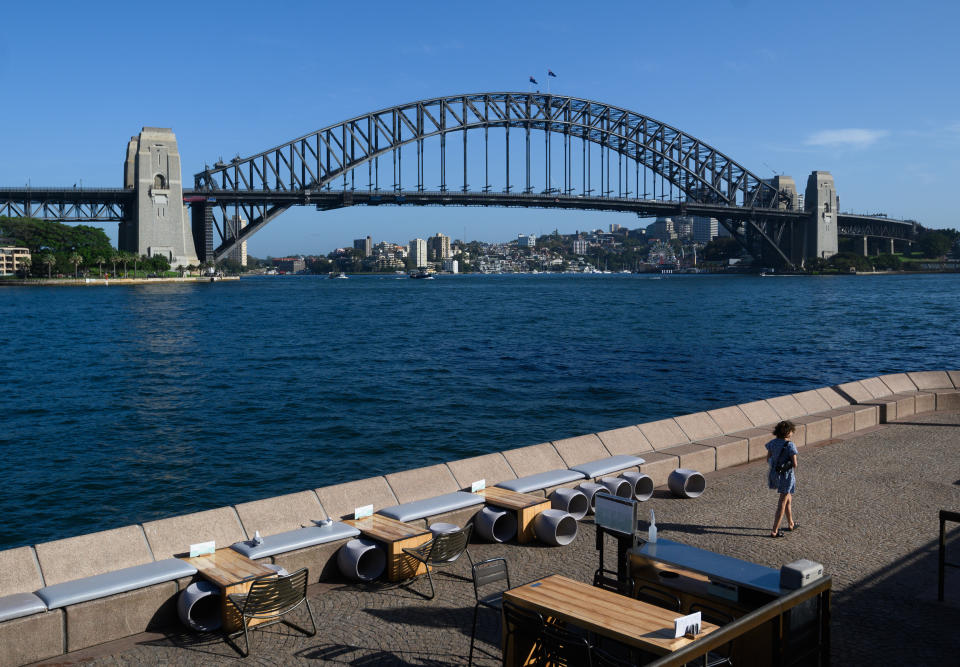
‘Ease restrictions but maintain social distancing’
Easing restrictions while encouraging people to maintain social distancing could prevent a second wave, believes Director of Infectious Diseases and Associate Professor of Medicine at the University of Queensland, Paul Griffin.
"Australia has achieved an excellent level of control of COVID-19 with evidence-based advice, and above all else, strong engagement from the community,” he said.
“My fear is that if the restrictions on borders and sporting events are not appropriately relaxed in a consistent and transparent manner - obviously in a controlled way in accordance with advice from the expert groups largely responsible for our success - then we risk undermining confidence and disengaging the community who really are ultimately responsible for our success.
“This may then contribute to, rather than mitigate the risk of, larger outbreaks or clusters and perhaps even a second wave.”
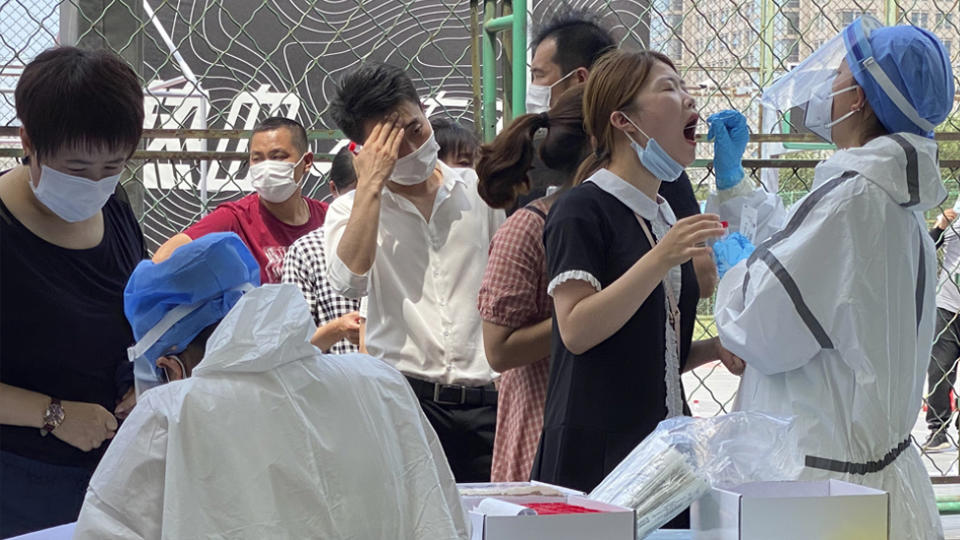
Are we any closer to finding a vaccine?
There are around 12 vaccines in human trial stages.
The UK’s Oxford University has teamed up with pharmaceutical company AstraZeneca and is currently in the final stages of clinical trials. If they are successful, they hope to have vaccines available in Italy, France, Germany and Holland before the end of the year.
Another frontrunner in the vaccine race, US company Moderna, is starting the final stages of clinical trials in July, with around 30,000 people. If it is successful, it could be available for the public in early 2021.
Do you have a story tip? Email: newsroomau@yahoonews.com.
You can also follow us on Facebook, Instagram and Twitter and download the Yahoo News app from the App Store or Google Play.






